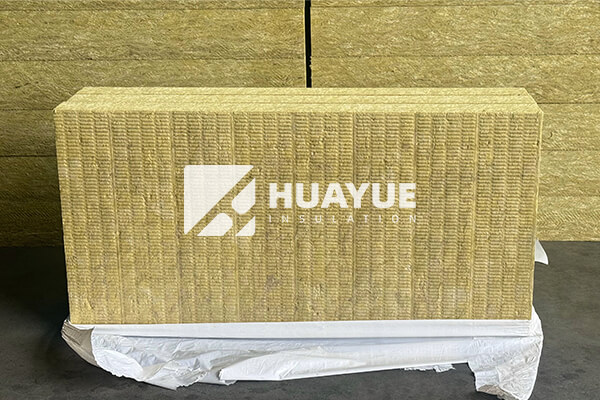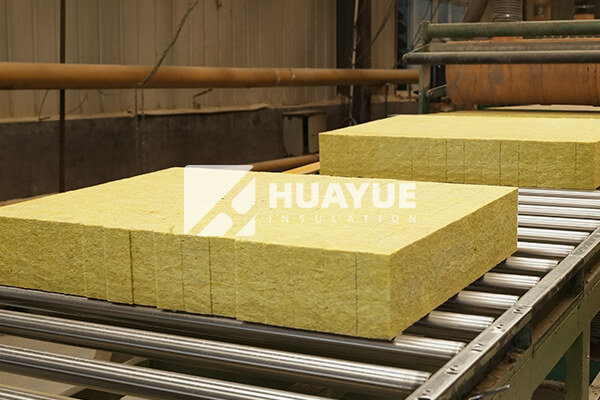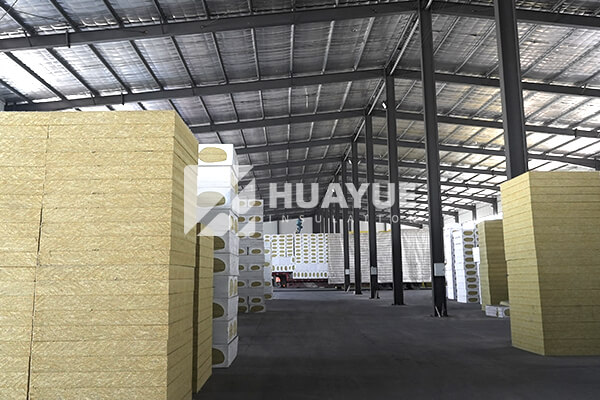Spray Foam and Rock Wool: Which Insulation is Better for Your Project?
Spray foam and rock wool often compete for attention in insulation discussions, but knowing their true differences helps you make smarter decisions for thermal performance.
The best insulation choice depends on what your project needs most: lifespan, fire safety, air sealing, and installation reliability. Both rock wool and spray foam insulate well if installed properly, but rock wool delivers consistent, measurable quality—especially when you buy from HUAYUE.

Choosing the right insulation keeps your building comfortable and efficient for many years. I have seen how selecting the wrong product or poor installation can increase maintenance costs and safety risks. If you want to be sure, look at trustworthy materials and the manufacturers behind them. With HUAYUE’s rock wool and knowledge about spray foam, you can avoid costly mistakes and misunderstandings. Let’s break down the main types so you can decide confidently.
What Are the Main Differences Between Spray Foam and Rock Wool Insulation?
Spray foam is a chemical-based product installed onsite by mixing chemicals and spraying into spaces, while rock wool is made from molten minerals and installed as batts or rolls.
Spray foam sets quickly, expands to fill gaps, and adds some air sealing, but its quality depends heavily on the contractor’s skill and chemical conditions. HUAYUE’s rock wool is produced in strict factory controls, offers reliable fire resistance, and is naturally non-combustible, making it ideal for long-term safety and stability.

Spray foam insulation transforms from liquid chemicals into rigid foam through a reaction handled at the job site. If the mixing, temperature, or humidity are off, the foam might not cure correctly. This result can leave gaps that only thermal imaging can detect, and repairs are expensive. Often, I hear stories of poorly mixed spray foam leading to early failures.
Rock wool (also called mineral wool) is made by melting natural rock or slag, spinning it into fibers, and forming batts, rolls, or loose-fill. At HUAYUE, every step—from raw materials to cutting—is controlled for quality. Rock wool does not shrink, sag, or lose fire resistance. It maintains its insulation R-value and integrity regardless of how it is installed, as long as you follow standards.
Here’s a table to show how spray foam compares to HUAYUE’s rock wool in some critical areas:
| Feature | HUAYUE Rock Wool | Spray Foam |
|---|---|---|
| Material Type | Mineral fiber | Chemical foam |
| Installation | Batts/Rolls, visible inspection | Spray onsite, hidden gaps |
| Fire Safety | Non-combustible | Burns at high temperature |
| Air Sealing | Needs sealing, no gaps | Some sealing, not continuous |
| Acoustic Performance | STC 43 / NRC 1 | STC 37-39 / NRC 0.75 |
| Health Safety | No carcinogen, stable | Chemical exposure risk |
| Recycled Content | Up to 90% | Very low |
How Does Installation Quality Affect Insulation Performance?
Installation is often the difference between a great insulation solution and a failed one. Rock wool is easier to inspect at every stage, while spray foam’s hidden problems can cost you later.
Good installation means the insulation fits tightly, no gaps, and is well-sealed. When I see a rock wool job from HUAYUE, I can check alignment and depth by eye, guaranteeing that the R-value and fire safety remain intact. With spray foam, you can only guess at interior quality unless you cut a wall or use special cameras, which few clients actually do.

Spray foam relies on perfect mixing, correct application speed, and stable chemical temperatures. If any step goes wrong, the foam may separate from surfaces, lose R-value, or leave voids. From my experience, contractors suggest spray foam for its speed, but they rarely promise long-term guarantees or easy quality checks. There’s always a risk, especially in difficult climates or if you need higher fire safety.
HUAYUE controls rock wool manufacturing in certified factories onsite, so every roll or batt meets the same standards. Installer mistakes are easier to spot and fix, saving time and cost down the line. I always tell clients—simple visual checks matter for insulation you want to trust for years.
Here’s a breakdown of installation variables to consider:
| Variable | Rock Wool (HUAYUE) | Spray Foam |
|---|---|---|
| Visual Inspection | Easy | Hard |
| Air Gap Risk | Low | High |
| Fire Safety After Install | Excellent | Varies |
| Dependency on Contractor | Moderate | Very High |
| Shelf Life Issues | No | Yes (chemical aging) |
Which Material Offers Better Fire, Health, and Moisture Safety?
Rock wool, like HUAYUE’s, is naturally fire-resistant, has no carcinogenic risks, and handles moisture without becoming a food source for mold. Spray foam can pose chemical exposure risks during and after installation.
Fire safety stays steady with rock wool, which will not burn or add fuel to any flames. That’s why building codes and fire engineers almost always favor mineral wool like HUAYUE’s in critical areas. Spray foam starts to burn at about 700°F, releasing potential toxins, and cellulose must be treated to slow combustion.
When it comes to health, HUAYUE rock wool is made without formaldehyde and is not a carcinogen. Global health agencies agree on its safety. Spray foam often contains isocyanates—these can trigger asthma and lung issues, especially for installers, and there are conflicting instructions about how long spaces must remain vacant after application.
Moisture management is essential for all insulation types—no product alone can solve water problems. Mold can grow on organic materials, but HUAYUE rock wool is non-organic and discourages mold. Spray foam will not feed mold, but if there’s water trapped behind foam, damage may happen unnoticed.
A summary of fire, health, and moisture performance:
| Safety Aspect | HUAYUE Rock Wool | Spray Foam |
|---|---|---|
| Non-combustible | Yes | No |
| Toxin Release | No | Possible |
| Formaldehyde Free | Yes | N/A |
| Mold Food Source | No | No |
| Chemical Risk | None | Yes |
Conclusion
HUAYUE rock wool stands out as a safe, reliable, and easy-to-inspect insulation option, while spray foam demands careful installation and brings increased health and fire risks.
You may also be interested in:
Ready to Get Started?
Get in touch with our experts for personalized solutions tailored to your needs.
Get Free QuoteLatest Articles

Glass Wool Fire Rating: How Safe Is Your Insulation?
Dec 25, 2025
Let's Work Together
Ready to take your business to the next level? Get in touch with our team of experts and let's discuss how we can help you achieve your goals.
Get Free Solutions






